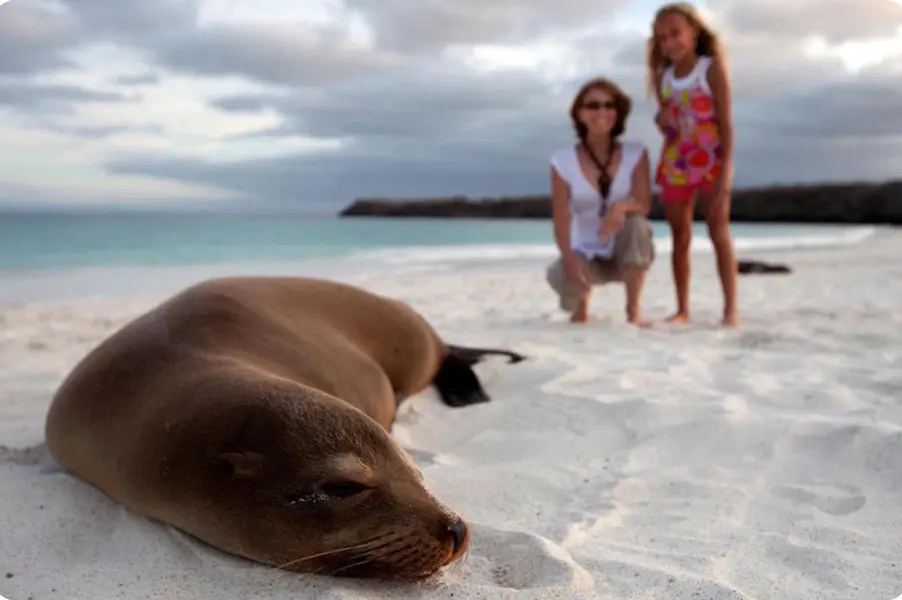encounter colombia
Where every moment is magic
Colombia is South America’s phoenix from the flames and is a country of startling contrasts. Although the nation’s past issues and the ugly Escobar era gained a lot of the previous media about Colombia, today’s Colombia has swept aside these premonitions and stereotypes. Turning over a new leaf has led to Colombia being one of the popular destinations in Latin America travel.


Best Times To Visit Colombia
Whatever your clients are into, we’re here to help you plan the perfect trip for them. From the best places to visit and the right time to go, to awesome things to do and safe ways to get around, our travel experts are ready to craft an experience your clients will absolutely love.
Depending on your client’s preferences, we can help you determine the best experiences tailored for your clients. From where to visit, when to go, what to do and how to get there safely, our travel experts will help you create an experience your clients will love.

At A Glance:
Seasons & Peaks

- Spring (Sept-Nov)
Best Weather. Great time to go.
- Summer (Dec-Feb)
Hot & Sticky – Avoid the North Side, flooding.
- Autumn (Mar-Apr)
Fewer Crowds – Great time to go. See Wineries!
- Winter (Jun-Aug)
Icy and Snowy – Ski lodges are open.
Regional Weather
Colombia generally has a temperate climate all year round meaning there is no bad time to visit Colombia! The summer runs from December to February with beaches and the beautiful northeast becoming busy due to the high temperatures (above 80°F/27˚C). Throughout the rest of the year temperatures are generally in the mid-70s ˚F (low 20s ˚C) to low 80s ˚F (mid-20s ˚C).
Andes
Region
Jan
Feb
Mar
Apr
May
Jun
Jul
Aug
Sep
Oct
Nov
Dec
Caribbean
Coast
Jan
Feb
Mar
Apr
May
Jun
Jul
Aug
Sep
Oct
Nov
Dec
Amazon
Jan
Feb
Mar
Apr
May
Jun
Jul
Aug
Sep
Oct
Nov
Dec
Sunny
Sunny Intervals
Showers
Cloudy
Snowy
Colombia Info
Capital City: Bogota
Currency: Colombian Peso
Language: Spanish
Unlike in other Latin-American countries, the US Dollar is not widely accepted in Colombia, except in a few high-end establishments but you can convert your currency at hotels, casas de cambio (money-exchange houses), most banks, and at the airport. It is worth noting that changing large notes can be problematic outside of large cities. Using moneychangers on the street is not recommended. There are plenty of ATMs in Colombia, with at least one even in small towns. Traveler’s checks aren’t recommended as although they can be exchanged at some banks, few businesses accept them. We recommend visiting the website XE Currency Converter to get current exchange rates.


Create meaningful experiences in Latin America


Safety
Colombia has done an amazing job of turning its image around and is now way safer and more accessible than it’s been in years. In fact, it’s actually safer on average than its neighboring countries. That said, there are still some things to watch out for. Street crime can happen, especially in the poorer areas of big cities, so it’s important to stay alert and use common sense while exploring. As a foreigner, you’re going to stand out, so keep an eye on your stuff and avoid flashy jewelry or showing off expensive gear like cameras, laptops, or iPhones. When you’re out and about, only take the cash you need and leave the rest, along with your passport, in your hotel safe.
Health
To stay healthy in Colombia, here are a few things to keep in mind. It’s safer to avoid drinking tap water, so stick to bottled water instead. No special vaccines are required for your trip, which is great news. Just be cautious with street food—while it can be super tasty, your stomach might not be used to it. Make sure the food looks fresh and is fully cooked before you try it. Stay safe and enjoy your time in Colombia!
Practical Info
VISA:
Nationals of the USA and the EU don’t need a visa to enter Colombia and will receive a 90-day travel visa upon arrival. If you’re from another country, you might need a visa, so it’s best to check with the Colombian embassy in your home country. A good starting point for checking visa requirements is the Wikipedia page on Colombia’s Visa Policy.ELECTRICITY:
Colombia’s electricity runs at 110 volts, so if you’re coming from the USA, you won’t need a transformer. However, if your devices have three-prong plugs, bring an adapter since some places only have two-prong outlets. For more details on plug types in Colombia, the website “What Plug Info – Colombia” is a helpful resource.TIME ZONE:
Colombia is in the Colombia Time Zone (COT), which is GMT-5.ATM MACHINES:
ATMs are widely available in cities and popular tourist areas throughout Colombia, so accessing cash should be easy. Just make sure to notify your bank of your travel plans to avoid any issues with your cards.Getting Around Colombia
Colombia is South America’s fourth-largest country. While buses are both reliable and numerous for intercity travel, the increase in domestic airlines (about half a dozen domestic airlines) means that air travel is only slightly more expensive than traveling by bus and is much faster and more comfortable. People therefore prefer to take an internal flight or two in order to save time, avoid lengthy journeys by road and to enjoy seeing Colombia’s diverse landscapes from above. In the Coffee Triangle, the most common mode of transport is the Willy Jeep, with two rows of seats in the covered interior. These tend to be inexpensive, but the ride can be bumpy.
Where do you want to go?

Empowering change through meaning volunteering in Latin America
We have an in-depth understanding of our destinations, volunteer programs, and language schools. If your organization is looking to experience Latin America authentically, while engaging in meaningful collaboration and making a positive impact, we are ready to help you achieve that.
Contact us






